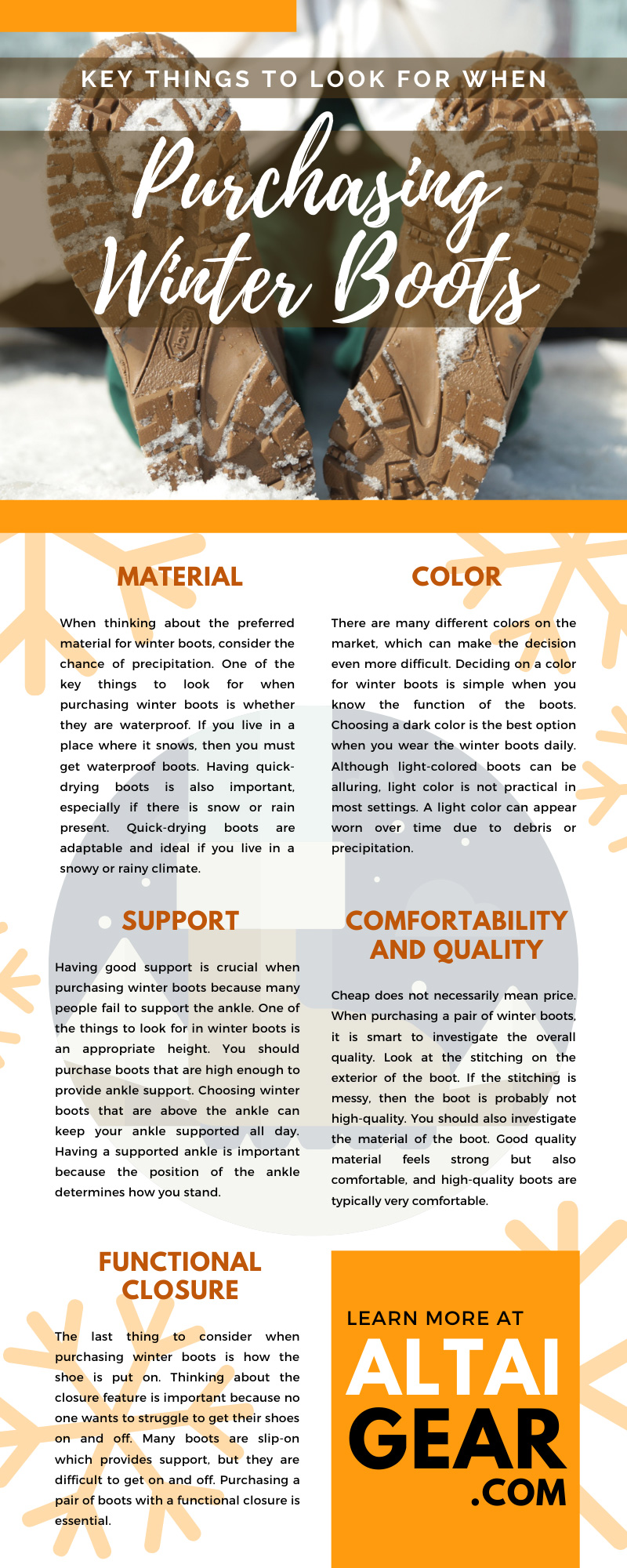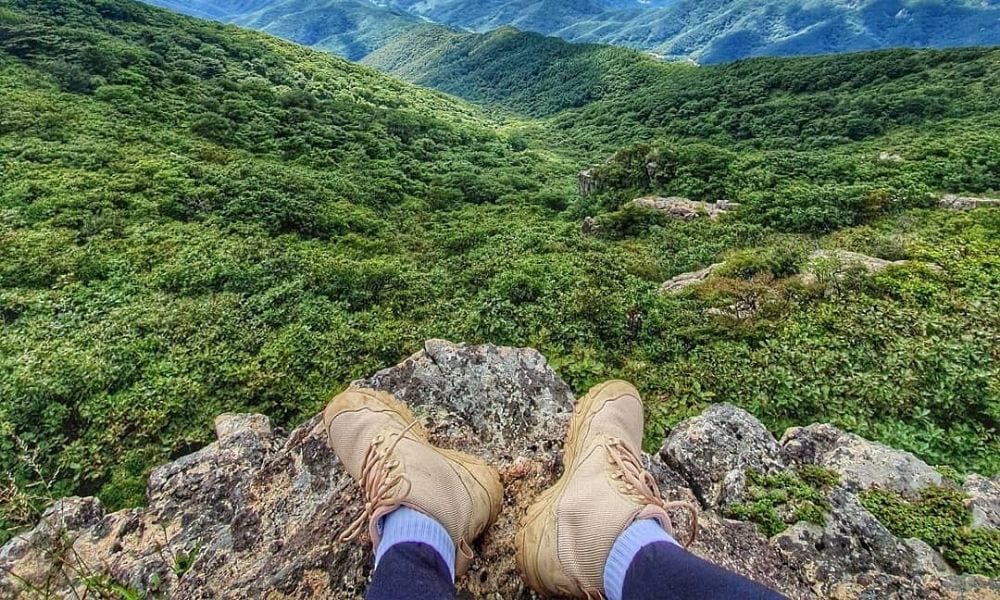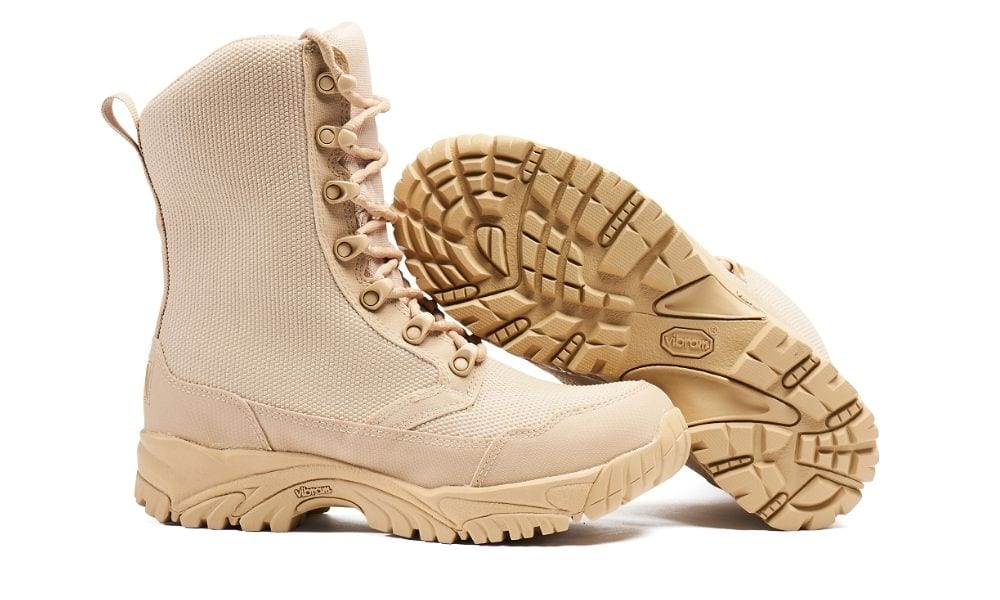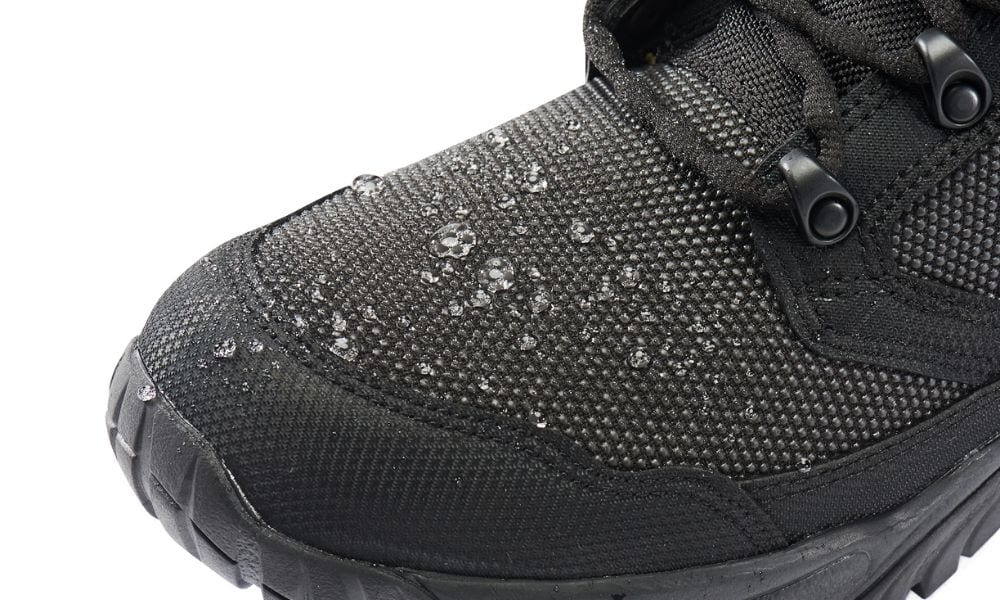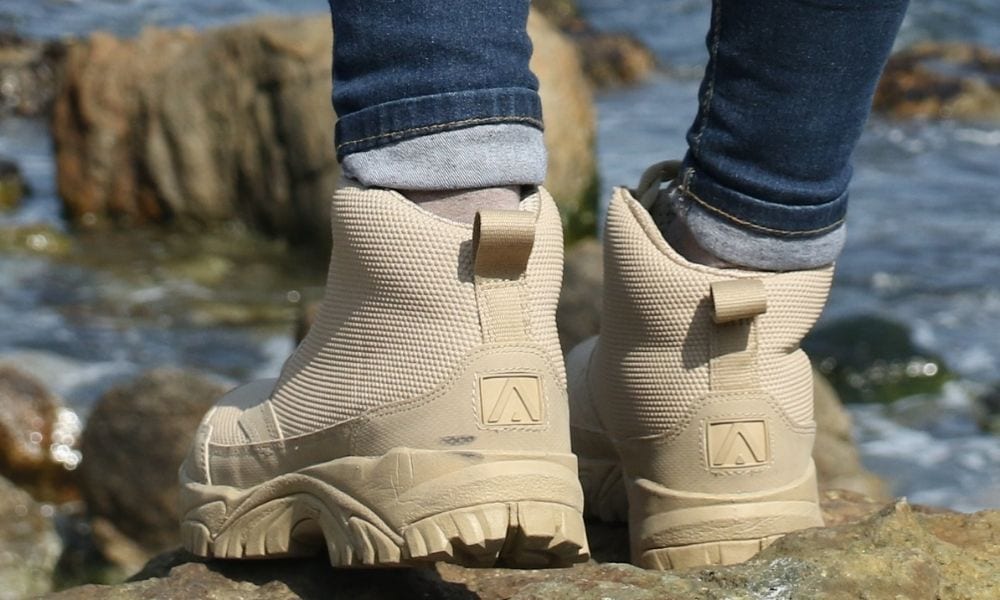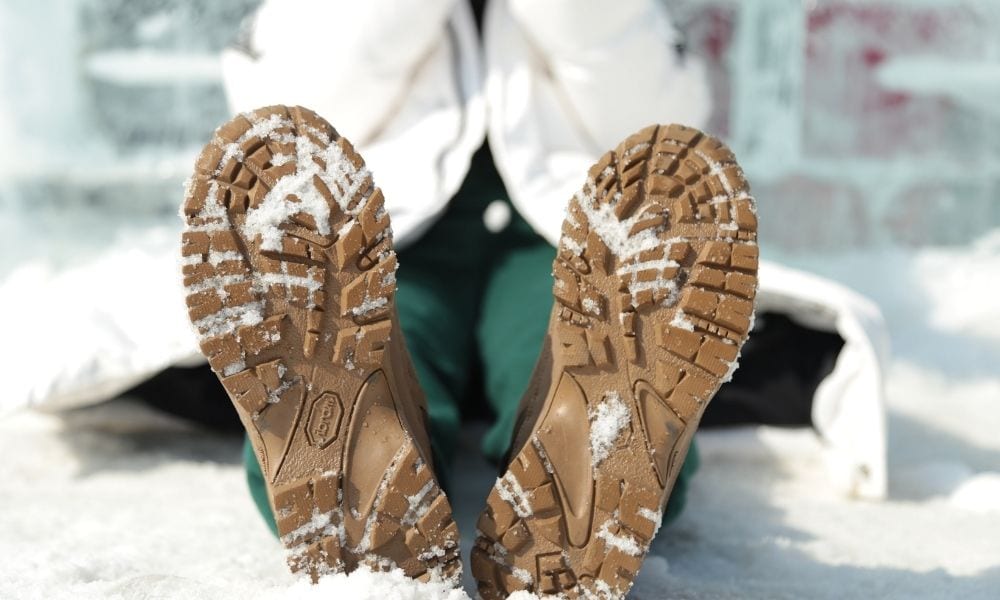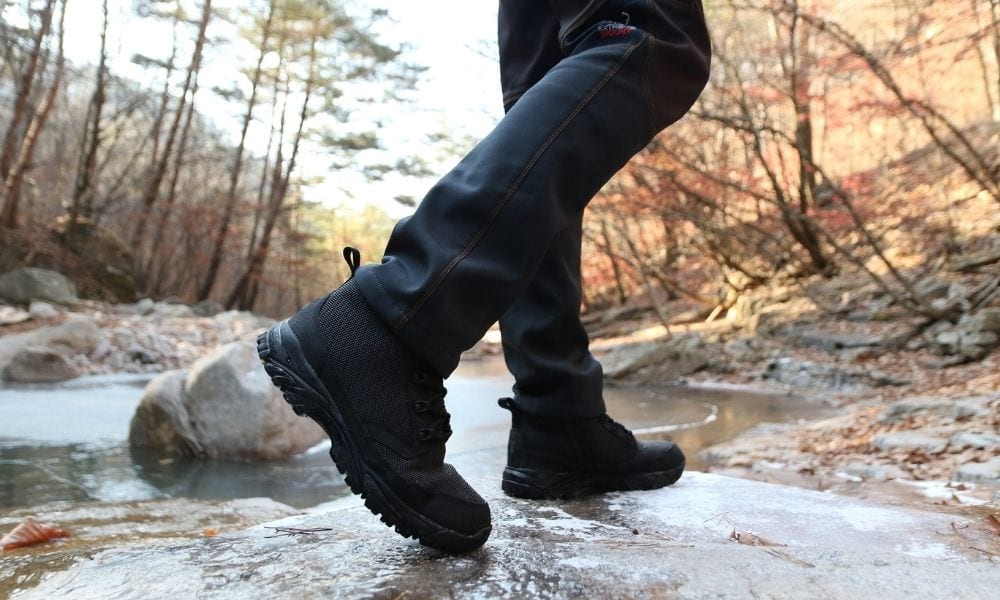Winter requires many people to change their wardrobe, including their shoes. In the winter, many people switch out their shoes for boots. Boots have many features that keep the feet warm in cold temperatures. Certain boots are also designed to function in the snow. Knowing what features you are looking for can help narrow down the choices when trying to find the right pair of boots. Keep reading to learn the key things to look for when purchasing winter boots.
Material
There are many things to consider when purchasing winter boots. When looking at the various options to choose from, the first thing that stands out is usually the material. Some boots are a fabric material, whereas other boots have a stronger exterior. Choosing the desired material depends on preference, but a strong exterior tends to be more functional than a soft exterior, such as fabric. An example of a hard-exterior boot is leather or a scuff-resistant material. Make sure to look for a pair of boots that are breathable, as well. Having a breathable pair of boots is important so that your feet don’t overheat.
When thinking about the preferred material for winter boots, consider the chance of precipitation. One of the key things to look for when purchasing winter boots is whether they are waterproof. If you live in a place where it snows, then you must get waterproof boots. Boots that are not waterproof are extremely uncomfortable to wear in the snow. This is because the moisture is absorbed into the fabric of the boot, making the boot damp or wet. Having quick-drying boots is also important, especially if there is snow or rain present. There are many reasons waterproof boots are ideal, especially if you live or work in a snowy or rainy climate.
Color
Choosing the right color is another aspect of buying winter boots that is should be considered. There are many different colors on the market, which can make the decision even more difficult. Deciding on a color for winter boots is simple when you know the function of the boots. If you work outside or spend time working near debris, that is something to take into consideration when choosing a color. Choosing a dark color is the best option when you wear the winter boots daily. Although light-colored boots can be alluring, light color is not practical in most settings. A light color can appear worn over time due to debris or precipitation.
Keeping it simple is an easy way to ensure the winter boots remain in good condition. Choosing a dark color, like black, ensures that the external elements don’t affect the appearance of the boots. Black boots are the preferred option because the color won’t change much over time. A light color would get dirty and look less professional over time. Choosing a black boot keeps you looking polished and professional, whereas a lighter pair that is dirty could make you look less put together. Having dark laces and soles is also important because the whole shoe is exposed to the outside elements. Another suggestion is looking for a pair of boots that are stain-resistant. This ensures that the boots remain in good condition all season.
Support
Standing all day requires comfortable shoes, so many people choose to wear sneakers. Sneakers are not an optimal choice due to the lack of ankle support. During the winter, there is also a need for coverage and protection from precipitation. If you stand for a long duration of time during the day, then you need a pair of winter boots that offers coverage and good support. Having good support is crucial when purchasing winter boots because many people fail to support the ankle or the arch, causing issues like plantar fasciitis. One of the things to look for in winter boots is an appropriate height. You should purchase boots that are high enough to provide ankle support. Choosing winter boots that are above the ankle can keep your ankle supported all day. Having a supported ankle is important because the position of the ankle determines how you stand.
Comfortability and Quality
Buying winter boots is an investment. It may be tempting to get a cheap pair of boots to save some money, but this is strongly advised against. Investing in a quality pair of boots is the best thing for your comfort. Cheap does not necessarily mean price. When purchasing a pair of winter boots, it is smart to investigate the overall quality. Look at the stitching on the exterior of the boot. If the stitching is messy, then the boot is probably not high-quality. You should also investigate the material of the boot. Good quality material feels strong but also comfortable, and high-quality boots are typically very comfortable.
Trying on the boots is obviously the best way to tell if they are comfortable, but there are other ways to determine this. Checking the website for testimonials or reviews is a great way to see how other people like the boots. Hearing another person explain the features and what they enjoyed about the boots is usually one of the best ways to determine whether a boot is of good quality. Seeing the boots in a video or on someone can also give you an idea of how they fit and how wearing them feels.
Functional Closure
The last thing to consider when purchasing winter boots is how the shoe is put on. Thinking about the closure feature is important because no one wants to struggle to get their shoes on and off. Many boots are slip-on which provides support, but they are difficult to get on and off. Purchasing a pair of boots with a functional closure is essential. A zipper is useful to have to winter boots because it makes pulling the boots on and off easily. The lightweight duty boots from Altai® are ideal because they have the perfect functional closure. The YKK® side zipper makes it easy to get the boots on and off, while also providing ankle and leg support.
Altai® tactical boots are superior due to the various features that make our boots comfortable and functional. Our patented SuperFabric® materials provide the strong scuff resistance you need. This material is innovative, breathable, and lightweight. Altai® waterproof boots are as comfortable as sneakers with the support you need. Check out our website and give us a call if you have any questions.
